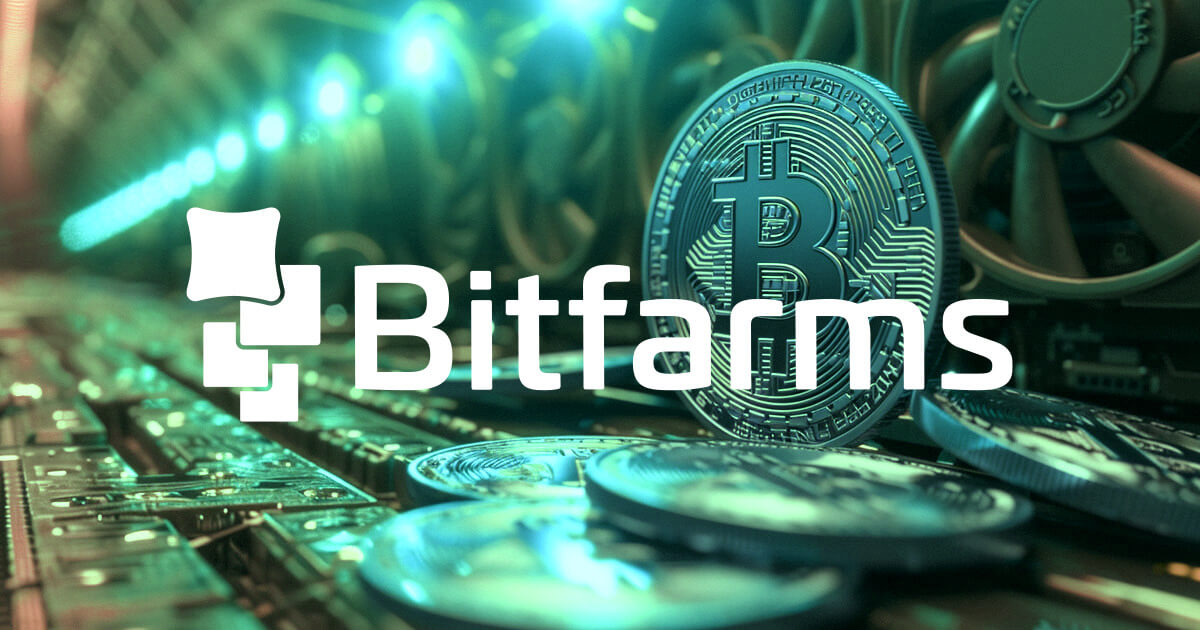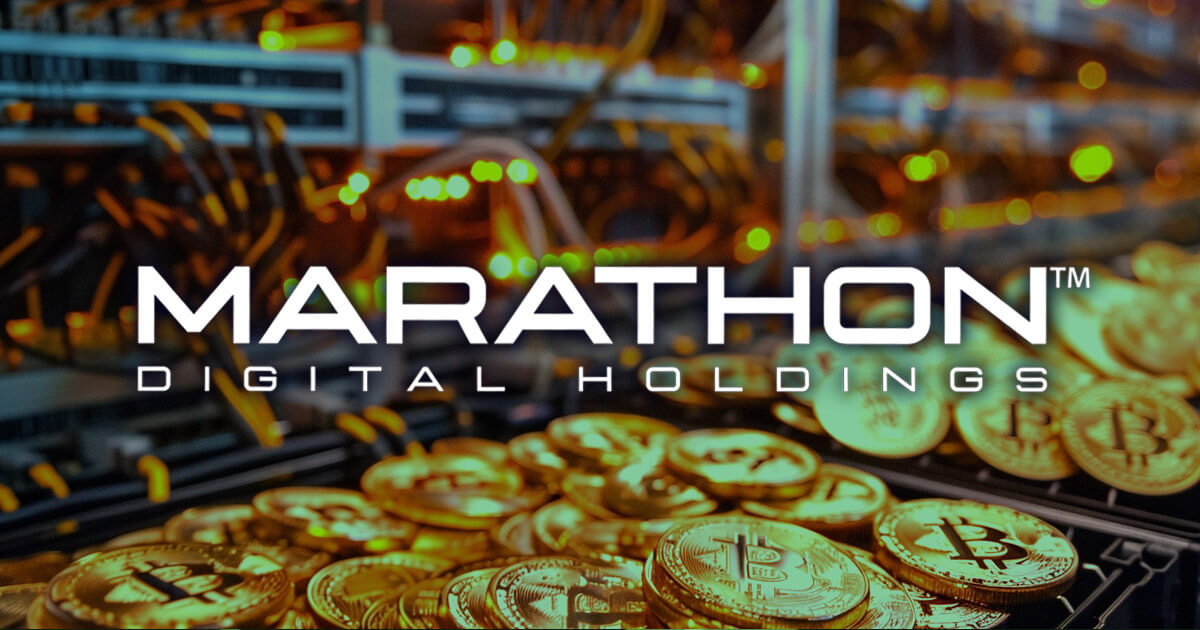What is blockchain technology? -CryptoMinerBros

What is blockchain technology?

Blockchain is an innovative record-keeping system designed to store information securely. Distributed ledger technology records transactions and related data in multiple places simultaneously, making them secure and immutable.
What makes blockchain unique? While traditional databases store data in rows, columns, tables, and files, blockchain stores data in chain blocks. Rather than a single central authority, multiple participants in the network, called nodes, verify blockchain transactions.
Because blockchain transactions are protected through encryption algorithms, it is nearly impossible to change or tamper with the data. Blockchain’s transparency and security make it suitable for a variety of applications, especially cryptocurrency, smart contracts, supply chain management, etc. For example, Bitcoin was the first cryptocurrency to successfully utilize blockchain technology, which led to many other cryptocurrencies using blockchain.
How does blockchain technology work?
Unlike traditional databases, blockchain stores information distributed across multiple systems and multiple copies. Therefore, all data must match to be valid, making it safer and impossible to hack.
Now let’s look at blockchain transactions. Blockchain collects transaction history and stores it in blocks. The data is then encrypted and a hexadecimal number called a hash is created. The hash goes into the next block header and is further encrypted with other data stored in the block. Therefore, a blockchain is created by forming a series of blocks linked together.
Blockchain transactions can be divided into the following steps:
1. Trading begins.
2. A block representing transaction data is created.
3. Transaction data is transmitted to a global network of nodes.
4. Approved nodes solve the hash to verify the transaction.
5. The block is added to the ledger.
6. The transaction is updated over the network to confirm the transaction.
7. The transaction is complete.


Although these steps may seem simple, they require extensive work. For example, a node in a network refers to a miner who verifies transactions. Since there is no central authority to manage the network, many miners participate in verifying blockchain transactions.
So how do you verify it? The transaction data in the block is passed through an algorithm, which creates an alphanumeric string called a hash. Once the first block is created, the next block on the ledger uses the hash of the previous block to determine its own hash. Miners solve complex cryptographic problems and find the hash of a new block. Once cracked, a new block is added to the ledger.
Most miners on the network must agree on the hash. Only then will the new block be confirmed and added to the ledger. Additionally, once a block is added to the ledger, it cannot be changed. This ensures security, transparency and reliability.
Key features of blockchain technology


Blockchain technology has several unique features that distinguish it from traditional databases. Let’s take a closer look at its features here.
The first and most important feature of blockchain technology is decentralization. Unlike traditional databases managed by central entities such as banks and financial institutions, blockchain operates on a distributed ledger. This eliminates the need for a central authority while increasing transparency, security, and trust.
All network participants can evaluate information. For example, all blockchain transactions are visible to all participants. This transparent nature of blockchain ensures trust and network accountability, preventing fraudulent activity.
Blockchain uses cryptographic algorithms to secure transactions. For example, transaction data is stored in blocks and associated with a cryptographic hash. Therefore, no one can tamper with, change or modify a block, as all subsequent blocks must be altered. This makes blockchain immutable and secure, making it ideal for a variety of applications.
These are automatic, self-executing contracts encoded in software according to the terms of the contract. For example, smart contract code stored on a blockchain executes an action when predetermined conditions are met. Therefore, these smart contracts eliminate the need for intermediaries and streamline transactions.
Benefits of Blockchain


1. Improved transaction accuracy
Unlike traditional databases, multiple nodes verify blockchain transactions. This reduces the chance of errors as many nodes guarantee transactions. On the other hand, in traditional databases where a single entity verifies data, human error is more likely to occur. Plus, every transaction is tracked individually, eliminating the possibility of double spending.
2. Increased speed
Because blockchain is decentralized, transactions can be verified by two parties without relying on a third party, such as a bank. This eliminates the need for intermediaries while replacing manual trading processes. This ultimately improves time savings and lower bank payment costs. Blockchain operates 24/7, so users don’t have to worry about weekends or public holidays. Simply put, blockchain ensures more efficient and faster transactions than traditional methods.
3. Better traceability
Besides speed, blockchain is known for its visibility and traceability. Blockchain provides a transparent and traceable record of transactions, making them easy to trace. Blockchain therefore plays an important role in supply chain management, tracking the movement of goods from production to delivery and quickly resolving issues.
4. Enhanced security
In a decentralized blockchain ledger, transaction details cannot be changed once recorded. Therefore, updating every leger requires hacking every node, making unauthorized transactions impossible. This adds an additional layer of security to the blockchain. Moreover, blockchain imposes a Proof-of-Work (PoW) or Proof-of-Stake (PoS)-based consensus mechanism for transaction verification, making it much more difficult to add fraudulent transactions.
Blockchain use cases and applications


Blockchain is widely used in various industries due to its unique features and functions.
1. Cryptocurrency
The most common application of blockchain is cryptocurrency. In fact, cryptocurrencies are backed up by blockchain technology as all cryptocurrency transactions are recorded on the blockchain. Bitcoin was the first successful application of blockchain, paving the way for other cryptocurrencies. Simply put, blockchain is the foundation of all cryptocurrencies.
2. Supply chain management
Supply chain management can be difficult because companies need to process multiple pieces of information. From manufacturers to distributors to delivery service providers, you need to monitor and track your product’s journey to ensure authenticity, prevent counterfeiting, and resolve issues quickly. Blockchain makes it easier to track information because it is stored on a single, shared ledger, ensuring full transparency.
3. Healthcare data management
Blockchain helps healthcare professionals maintain patient reports, organize doctor appointments, and update medical reports regularly and securely while maintaining the integrity and privacy of the information. Distributed ledger technology ensures the privacy and integrity of sensitive patient information.
4. Voting system
Blockchain ensures a secure and transparent voting system. Votes recorded on the blockchain cannot be tampered with, preventing the risk of fraud. As a result, it improves the integrity of the election process while eliminating the manual process of verifying ballots.
5. Intellectual property rights
Artists, musicians, and content creators can utilize blockchain technology to timestamp and authenticate their works. Blockchain maintains a secure and immutable record of intellectual property. Therefore, you can own your work as a digital asset, preventing plagiarism and ensuring fair compensation for your creative work.



